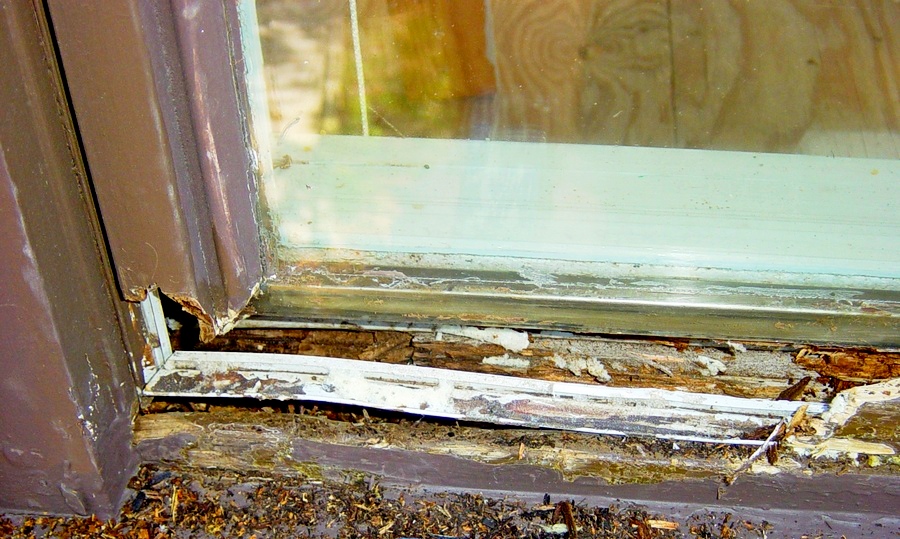19 Jan November 2020 – What to Know about Natural Materials


Office: 843 846 2500
www.WillisSinclair.com
Info@WillisSinclair.com
November 2020
Number 81

After spending over 8 hours in a dark room taking her exams, Abbey is displaying her “PASS” certificates. When the paper work is completed (and payment made, of course), she will be one of South Carolina’s newest Residential Builders.
Well done, Abbey!
 From the desk … of Bill
From the desk … of Bill
It is November already. The weather is cooling a bit. I have a birthday (74th) coming up this month — it seems like it comes around pretty often now. November also has one of my favorite holidays: Thanksgiving. So far, Thanksgiving has not been overwhelmed with commercialism like some of our other holidays.
It looks like this will be a “small” Thanksgiving for us this year. Our son and his wife near Springfield (MO) are expecting a new little arrival early in December (grandchild #37 for Kandy and me) and they don’t want to be on the road. A daughter in Knoxville is taking care of her mother in law who needs pretty constant care so they cannot take a road trip. Another Tennessee daughter may or may not come — we have not heard yet. So that leaves the fifteen of us here.
Last month Alice, our granddaughter (now 8 1/2 years old) who had childhood leukemia was given an “all clear” at her third annual checkup. We are very grateful for that. We are also continually grateful for the support you all have shown Alice over the years.
In a few days, our national election will be over (maybe). I am not sure what will come after that. Hopefully law and order, but realistically, I am not sure how good those chances are — at least in large cities. Be sure you vote (wisely) and stay safe.
Kandy and I went to Greenville with Abbey so she could take her Residential Builder Licence test the last week of October. We drove up on Sunday afternoon so Abbey could be well rested for her Monday exam. She was in the exam room from about 8:15 until about 5:30. No food or drink was allowed so by the time it was over, she was a tired young lady. Thankfully, she passed both the technical and business law portions, so as soon as she finishes up some paperwork (bonding, etc.) she will be an official Residential Builder.
Another big event that just happened a few days ago: little Edith, Willis & Debby’s little one, started walking! She is about 8 1/2 months old.
I think that is about all of the new news from our area. Soon after the new year, we will begin firming up plans for our next trip west with a few grandchildren scheduled for June 2021. This will be our third trip. Originally, we planned for June 2020, but the virus happened.
Our itinerary for this coming June includes stops in Yellowstone National Park, The Pony Express Stables, Ft. Laramie National Historic Site, Dinosaur National Monument, Mesa Verde National Park, Capulin Volcano National Monument and other places.
We also plan to ride on a stage coach and maybe go on a trail ride at Ft. Robinson State Park in Nebraska. We are planning to ride on the Cumbres & Toltec Narrow Gauge Railroad. This historic train crosses the New Mexico/Colorado state line some 11 times on its 64 mile route as it goes over the 10,015 foot high Cumbres Pass. The train travels at a breath taking top speed of 12 miles per hour.

We try to make the trip different for each set of grandchildren to keep things new and exciting. I wish you all could come with us. There are a lot of fun things to see!
Using Natural Materials on Your Home’s Exterior
When you are considering building a new home or an addition, you might be wondering if you should use “natural” materials on the exterior. Using naturally occurring materials such as wood or stone gives your home a certain feel, a warmth. Even materials that are not quite natural, but close — such as brick or maybe even steel roofing — can also invoke similar feelings.
While real wood materials look very good and may be suitable, they are not maintenance free on the outside of a home. Pressure treated woods will sometimes rot (thanks to some of the new EPA approved treatments). A good bit of our exterior repair on homes is basically rot repair.
You may have heard horror stories about rot here in the very humid and (usually) wet Lowcountry. While rot is a problem, there are things you can do to mitigate the rot issues. The most important thing you can do to control rot is don’t ignore it. Once rot starts, it will only get worse. What might have been a small patch job initially can turn into the serious rot issue below.

This is some rot we repaired. Obviously, if you catch rot sooner, the damage is not as extensive. If you want to minimize rot damage, be sure to keep your house painted and caulked. Have it inspected regularly. If you don’t, little problems will become big problems.
Rot won’t go away.
Brick, if you can consider it “natural” for a moment, is a good, maintenance free material. Like all materials, there are downsides. For bricks, the main one is probably the cost. If you like handmade bricks, they are about $1.30 each plus $4 or $5 for mortar and labor to lay each brick. Factory bricks can be as low as the low $0.30 or $0.40 range. Laying them is a bit less since they are uniform in shape, but still expensive. The payback for brick is the long maintenance free life. If brick are well laid on a good, solid foundation all they will likely need is pressure washing every now and then.
Stone is a natural material and it is durable, but it is not local. Obviously, hauling something like stone can be expensive. Stone does not need maintenance other than occasional pressure washing if it is laid properly on a good foundation. Sometimes, it is a bit more expensive to lay stone since they are not typically in any uniform shapes and have to be hand fit.
If you don’t choose to use wood or stone on the exterior, what about cement board (such as Hardie)? While it is not natural, it also does not rot or decay. That does not mean it is maintenance free, however. The sun and humidity are brutal here in the lowcountry. Cement board siding will need pressure washed to maintain its appearance. It will also need paint every few years. Paint does adhere to cement board very well, but fading is still a problem after a dozen years in the lowcountry sun.
While cement board looks like, well cement board, there are some versions which have a more “wood” like appearance. They are basically thicker materials so shadow lines seem more “wood like.” Obviously, since the material is thicker, it costs more to purchase, ship and install. In the end, however, you need to pick something that you like to see. It is your house and it is you that needs to be happy with it — not the builder nor the architect, but you, the home owner.
When you are thinking about building a home or doing an addition, pick exterior materials that appeal to you. Ask your architect or builder what the downsides are to different materials. All materials have strengths and weaknesses. If you have not selected a builder yet, contact us (843 846 2500 (voice or text) or info@willissinclair.com). We will answer your questions, no cost or obligation for you. We can help.
| Next month, we plan to discuss foundations. As you may remember, without a good foundation, a house built on sand will not stand when the rain comes. Foundations under our homes as well as in life are critical. |





No Comments